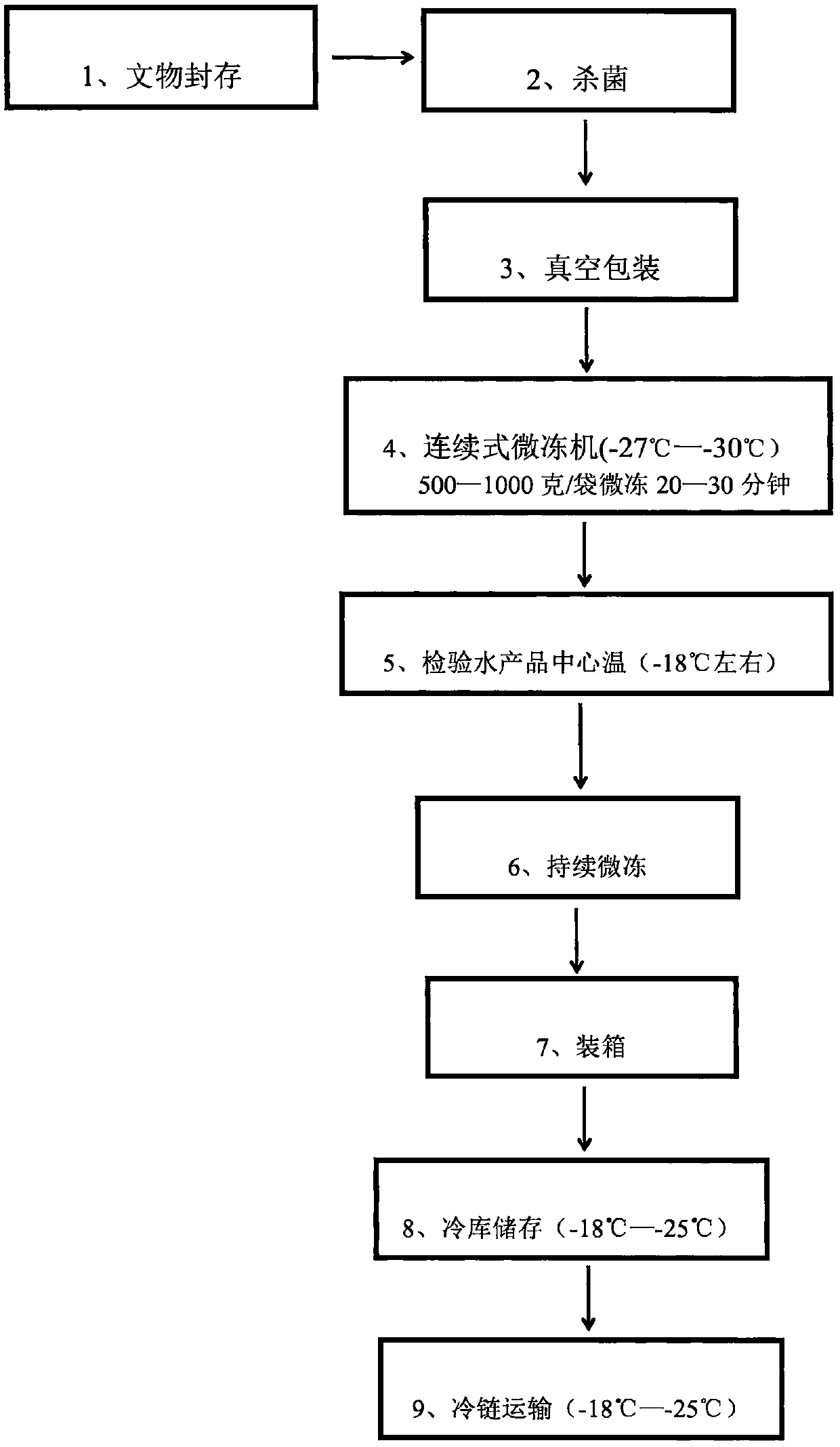Low-temperature rapid partial freezing preservation technology for cultural relics
A cultural relic and fast technology, applied in coolers, lighting and heating equipment, household refrigerators, etc., can solve problems such as unbalanced pressure inside and outside cells, damage to protoplasm and cell membrane, and cell lysis, so as to avoid unbalanced damage Effect
- Summary
- Abstract
- Description
- Claims
- Application Information
AI Technical Summary
Problems solved by technology
Method used
Image
Examples
Embodiment Construction
[0009] Hereinafter, the invention will now be described more fully with reference to the accompanying drawings, in which various embodiments are shown. However, this invention may be embodied in many different forms and should not be construed as limited to the embodiments set forth herein. Rather, these embodiments are provided so that this disclosure will be thorough and complete, and will fully convey the scope of the invention to those skilled in the art.
[0010] Hereinafter, exemplary embodiments of the present invention will be described in more detail with reference to the accompanying drawings.
[0011] combined with figure 1 As shown, the cultural relics low-temperature rapid micro-freezing preservation technology of the present invention is composed of cultural relics cleaning 1, sterilization 2, vacuum packaging 3, continuous micro-freezing machine (-27 ° C - 30 ° C) 500-1000g / bag, micro-frozen for 20-30 minutes 4. Inspection of cultural relics center temperature...
PUM
 Login to View More
Login to View More Abstract
Description
Claims
Application Information
 Login to View More
Login to View More - R&D
- Intellectual Property
- Life Sciences
- Materials
- Tech Scout
- Unparalleled Data Quality
- Higher Quality Content
- 60% Fewer Hallucinations
Browse by: Latest US Patents, China's latest patents, Technical Efficacy Thesaurus, Application Domain, Technology Topic, Popular Technical Reports.
© 2025 PatSnap. All rights reserved.Legal|Privacy policy|Modern Slavery Act Transparency Statement|Sitemap|About US| Contact US: help@patsnap.com

